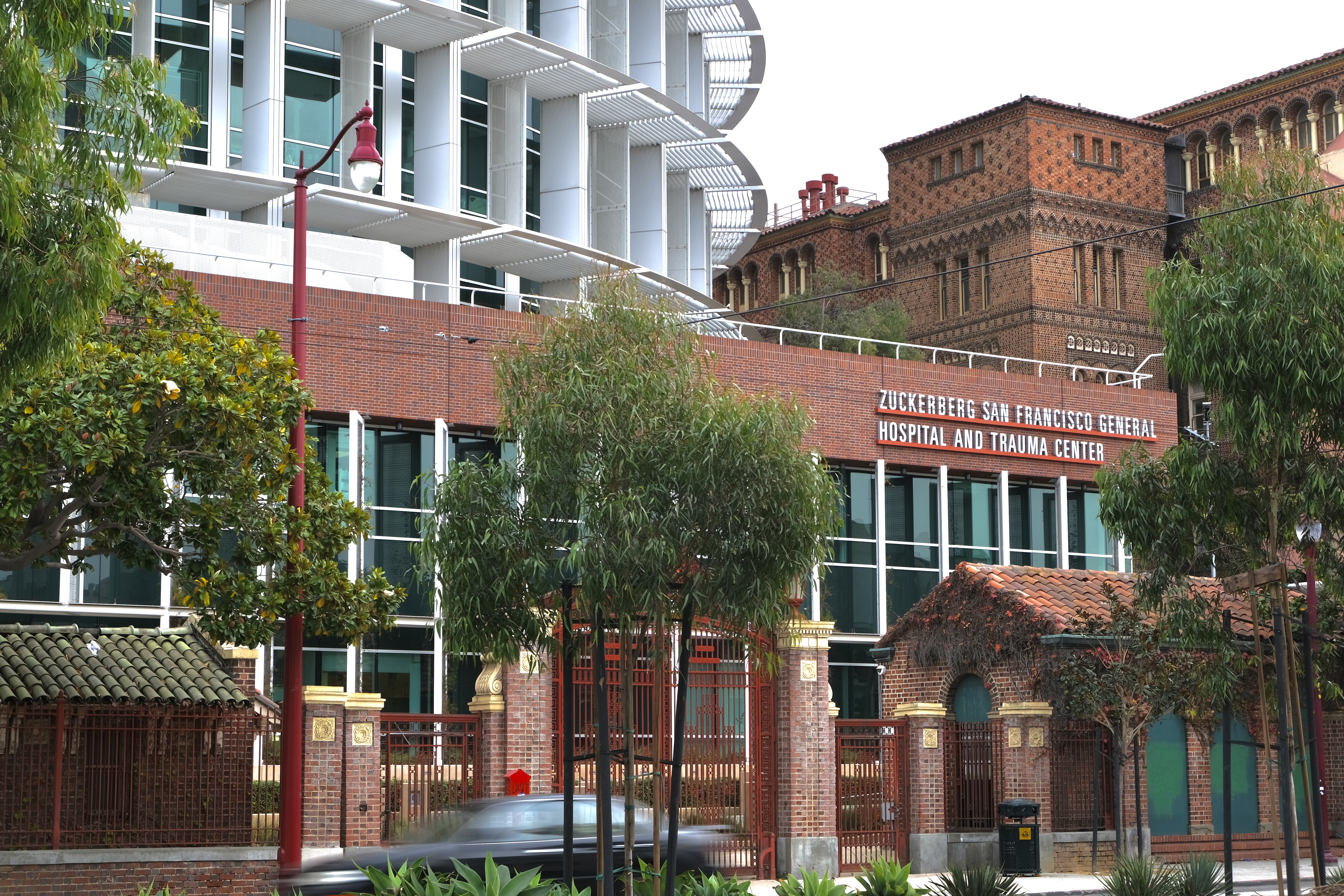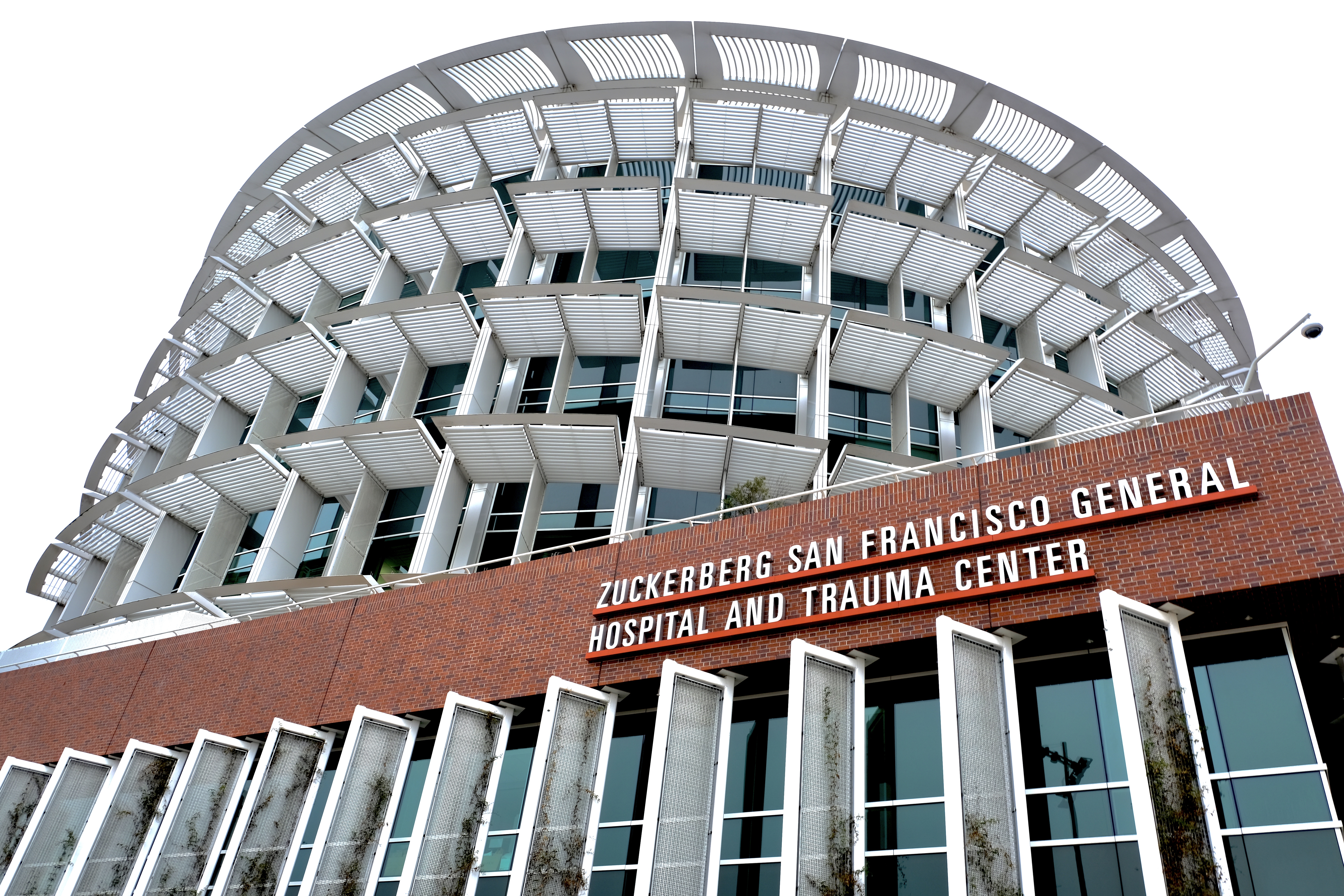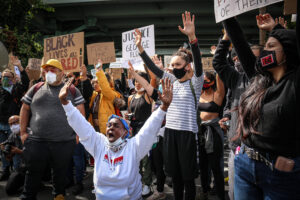Remember December 31, 2019? As the New Year spread across the globe, we rejoiced, looking forward to what we anticipated as “a decade of change.”
On the morning of January 1, 2020, 1.67 million people woke up who would later fall to COVID-19. That first day of 2020, maybe these people planned out their New Year’s resolutions, the kind that none of us ever complete. Maybe these people spent time with their friends and families — cooking, cleaning, walking their dog. Or maybe they went to work and wished all their coworkers a Happy New Year.
One thing is not abstract or uncertain about the 1.67 million people who, as of December 15, 2020, have been struck down in the pandemic. On New Year’s Day, they did not suspect their lives would be taken and the world would be turned upside down by a pandemic that had, in fact, already begun its spread.
UCSF doctors, among those of other medical centers, have been particularly instrumental in reaching out and combating the COVID-19 pandemic — whether through their research and practice in the Bay Area, the Navajo Nation, New York City or as members of President-Elect Biden’s White House transition team.
Dr. George Rutherford, among his many positions, is head of the division of infectious diseases at UCSF. On December 4, in a UCSF COVID-19 Response Town Hall (via Zoom and open to the public), Rutherford described the situation in California as dire. In the meeting, Rutherford pointed out that “52 counties (now 55) are in the purple tier.”
Now in mid-December, in fact, all of southern California and mid-California (interior and coastal), as well as all of the counties of the Bay Area, are so impacted by COVID-19 infections that their citizens are under stay-at-home orders.
During the Town Hall, Rutherford reminisced over the late 1960s British hard rock band, Deep Purple when he talked about the possibility of a “deep purple tier,” a more stringent tier which occurs when a county’s remaining ICU capacity is below 15%, a crisis which automatically enacts a stay-at-home order. As of December 17, 11 counties that make up the Bay Area have fallen below this threshold. The only region in California not to fall below this threshold is north of the Bay, the region designated as “Northern California.”

Photo by Ethan Rendon.
Dr. Esther Chen wears many hats: emergency physician, professor, administrator at UCSF (to name a few). Chen described the immense number of sacrifices she makes as a doctor fighting the coronavirus. “We often don’t take much care of ourselves, ” she said. “A lot of priorities come before our family.”
Chen continued, “There is so much extra effort [now]. Before it felt a lot easier. You used to be able to get coffee for two seconds, but now you have no time, and if you did you’d have to take PPE off and put it back on. It is not worth it.”
One of Chen’s colleagues, Dr. George Su, also speaks of the incessant demands of treating COVID patients. Su, a pulmonologist, who initially went to school for architecture, holds several roles at UCSF including professor, administrator, researcher for underserved communities and directorships for asthma and sleep programs at the hospital, as well as being San Francisco’s Director of Telemedicine. “The shifts [on the COVID-19 unit] are extra,” Su said, but he desires to be present, nevertheless.
He takes the night shift (on top of all his other work) in order to take care of his three children, who have been distance learning during the day. Su mentioned how sleep is “cut out” and how it really takes a “physical toll, doing shifts overnight.”
Su has a strong moral compass. At 14, his mother died of liver cancer, which motivated him to become a tireless worker in the medical field. He expresses how much he honors his work, how big of a “privilege” his job is.
According to Su, medicine is a “bimodal” field, meaning that it has established processes and emerging processes. However, these emerging processes in medicine require disciplined interrogation, testing and oversight. With medical innovation, since you are dealing with people’s lives, you cannot fall back on the mantra of many Silicon Valley startups “fail fast, fail often.”
In a year where everything moved online, the world of telemedicine has taken off. The “reservations have been abandoned,” Su said. Since Su is the Director of Telemedicine, he has learned a lot this year. “The explosion of technology is so powerful. Instead of using a massive Kodak machine, you can use a web-based video client like Zoom and monitors to get data in real-time to care for patients.”
The pandemic response has been often politicized, leading to gridlock and a failure to pass stimulus bills for months. Dr. Elizabeth Dzeng is a clinician, sociologist and researcher at UCSF. Dzeng studies neoliberalism, a market-driven ideology espoused by Milton Friedman and cultivated by Ronald Reagan and Margaret Thatcher.
Dzeng said that ideology “atomizes all of us as individuals with a focus against these communitarian values.” You can argue that grouping the deaths of 1.67 million people —living different and meaningful lives — into a statistic distances the loss of those people’s lives and dulls our comprehension of those individuals’ suffering.
Dzeng asks a thought-provoking question, “If we can’t deal with COVID-19, how can we deal with climate change as a community?”
Dr. Peter Chin-Hong, a UCSF infectious disease doctor, now on the frontlines of battling COVID-19, first became fascinated with infectious diseases by reading about hookworms when he was growing up in Trinidad and Tobago. Among his positions at UCSF, he is a member of the UCSF Academy of Medical Educators, the Director of the Pathogen and Host Defense course in the School of Medicine and designs a Clinical Research course in the Department of Epidemiology and Biostatistics.
Eric Swalwell, Representative for the 15th District of California and former Democratic presidential candidate, held a discussion focusing on vaccine education with Chin-Hong on Facebook Live.
In the session, Chin-Hong used a coronavirus plushie to educate spike proteins and the vaccine’s efficiency. He attempted to reassure the audience that receiving the vaccine and the vaccine itself was safe — as are the HPV and flu shots.
In the discussion, Chin-Hong insisted how important it is that the country get out the message about persistence in adhering to health guidelines put in place, for example, by the state of California — wear masks, socially distance, stay home. The advent of the vaccine switches on the light at the end of the tunnel of the pandemic for all of us, but we still have a long way to go to reach that light.
Dr. Emma Bainbridge, an alumna of University High School and now a second-year fellow at UCSF, was originally supposed to be doing research about STDs. She is now researching COVID-19.
Bainbridge has been learning more and more about the virus and how tackling a problem as big as this works. She describes the process of working on the AstraZeneca vaccine trial as very “top-down” and “all hands on deck.”
Every doctor and researcher I spoke with emphasizes that just because the vaccine is now available for frontline healthcare workers and will gradually become available for others, we must not be less vigilant. All spoke urgently that we must wear masks, not hold in-person gatherings and practice social distancing. We must stay educated and not fall victim to misinformation.
The astounding people who are fighting the virus are not superhumans. These are real people with lives and families. They are frustrated and exhausted because of the inaction and the flaunting of health directives by some Americans. The doctors, nurses and all healthcare workers need all our cooperation to win this fight.







